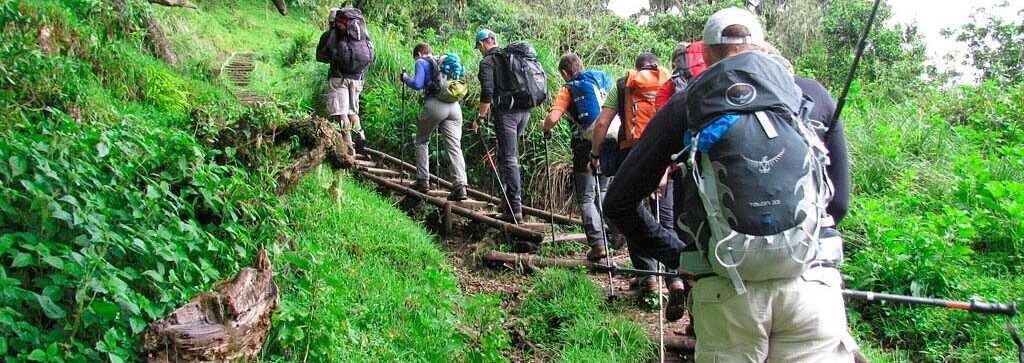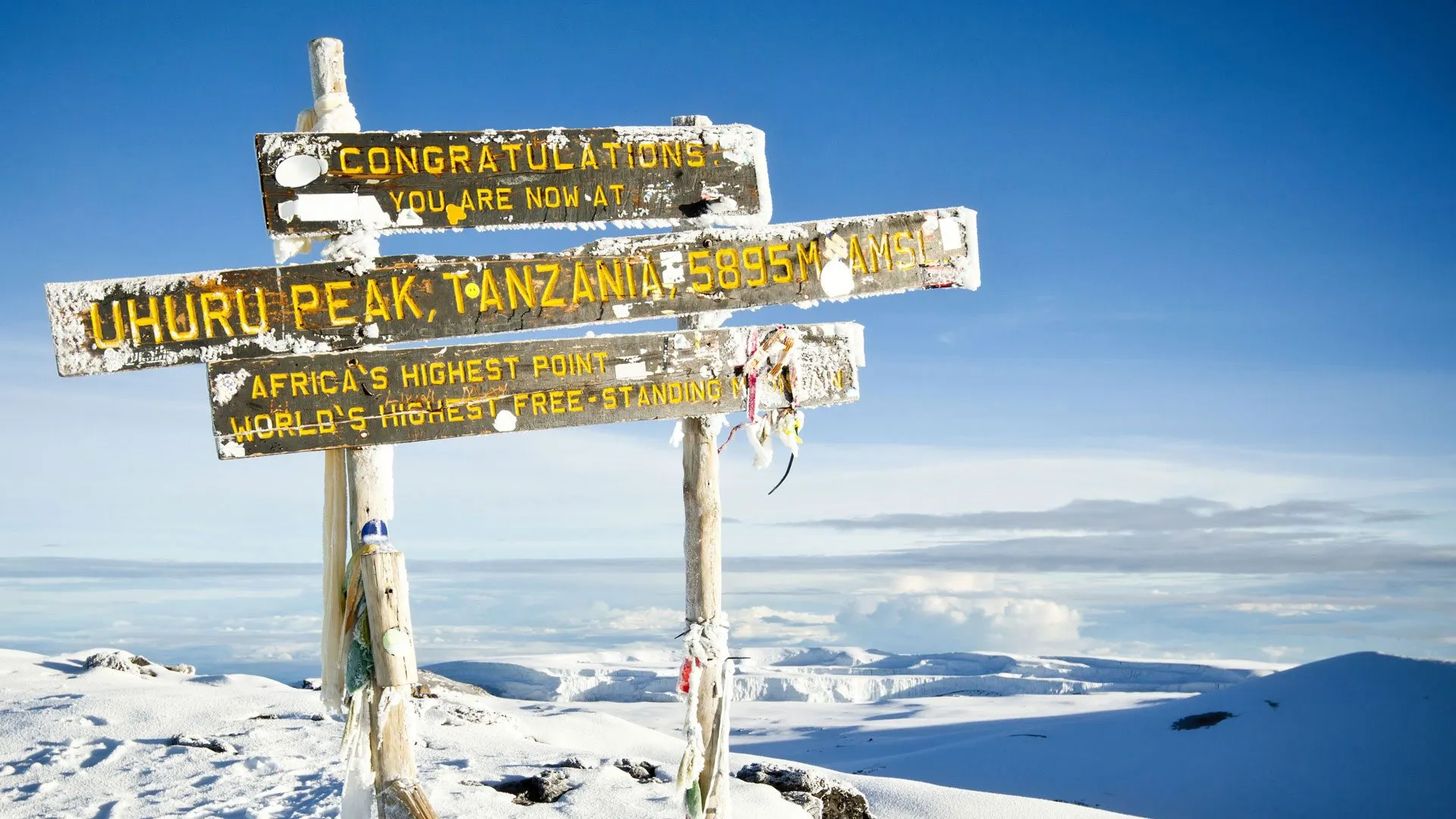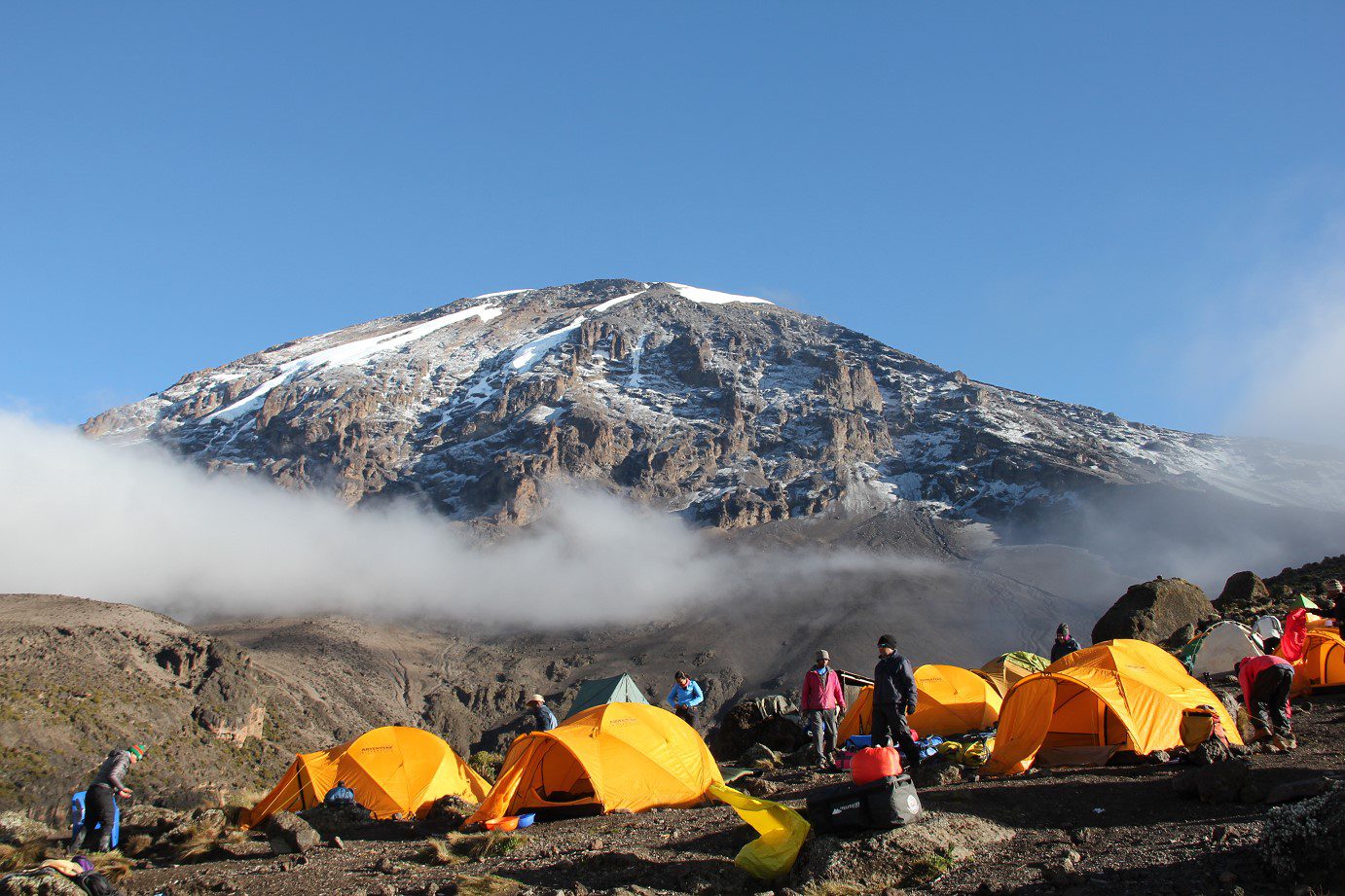Majestic Mount Kilimanjaro Day Hikes Climbing Kilimanjaro most days are not very hard because the trails are not …
10 Best All inclusive Kilimanjaro Hiking Tours and Trips.
Best all inclusive Kilimanjaro climb packages, Experience the ultimate Kilimanjaro adventure with our best all-inclusive climb packages. Enjoy hassle-free trekking with expert guides, comfortable accommodations, and delicious meals provided throughout your journey. Choose from a variety of packages tailored to your preferences and budget. Embark on the adventure of a lifetime with our top-rated Kilimanjaro climb packages.
All inclusive Kilimanjaro Climb and Tour Packages
Experience the ultimate adventure with our all-inclusive Kilimanjaro climbing packages. Ascend Africa’s highest peak with expert guides, comfortable accommodations, and gourmet meals included. Choose from a variety of routes, each offering unique landscapes and challenges, tailored to your skill level and preferences.
Our packages ensure a seamless and unforgettable trekking experience, with transportation, park fees, and equipment provided for your convenience. Immerse yourself in the breathtaking beauty of Kilimanjaro’s diverse ecosystems, from lush rainforests to icy glaciers, as you journey towards the iconic summit. Join us for an exhilarating expedition and make your dream of conquering Kilimanjaro a reality.
Exclusive 6 Days Machame Route: All inclusive Kilimanjaro Hiking Tours Embark on an unforgettable adventure with the 6-Days …
Marangu Route 6 days Itinerary, Prices & Dates Climbing Mount Kilimanjaro via the Marangu route typically takes around …
Discover the 7 Days Machame Route Itinerary Price Experience the ultimate trekking adventure with the 7-Days Machame Route. …
8 Days Mount Kilimanjaro Lemosho Route Embark on an unforgettable adventure with our 8-Day Lemosho Route Mount Kilimanjaro …
Rongai Route 7 days Itinerary, Prices & Dates This route descends down the Marangu route. How hard is …




